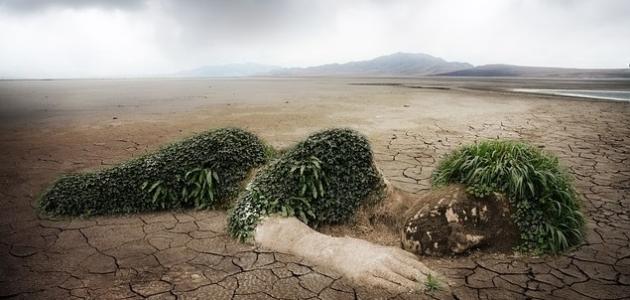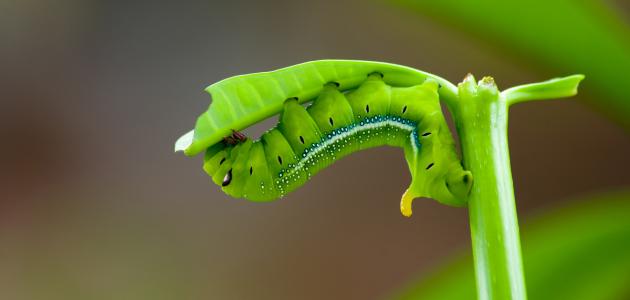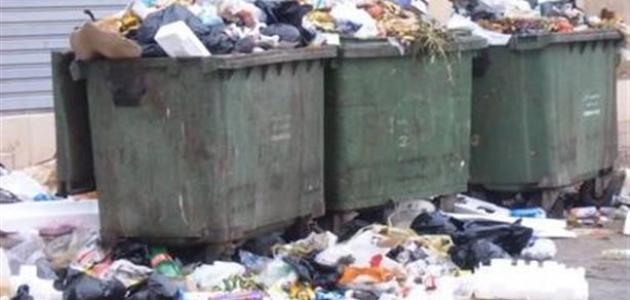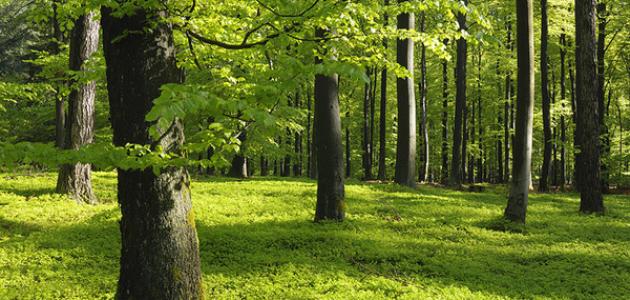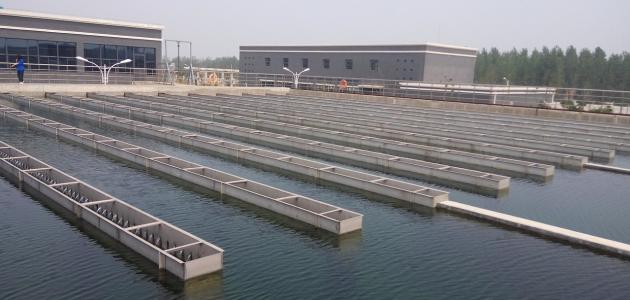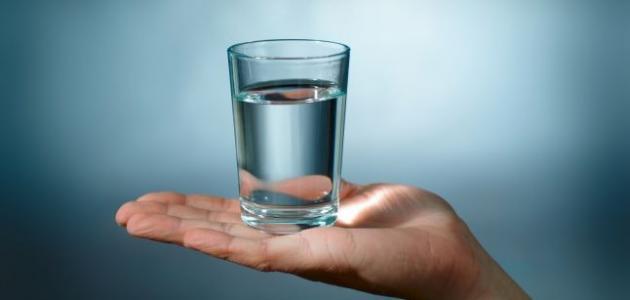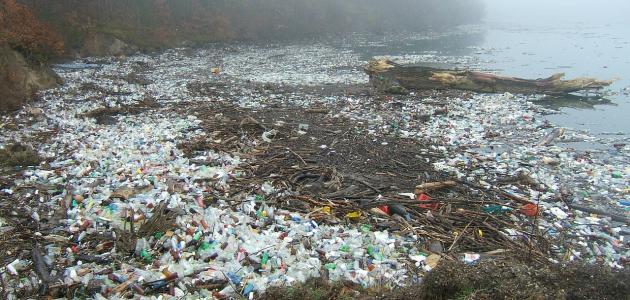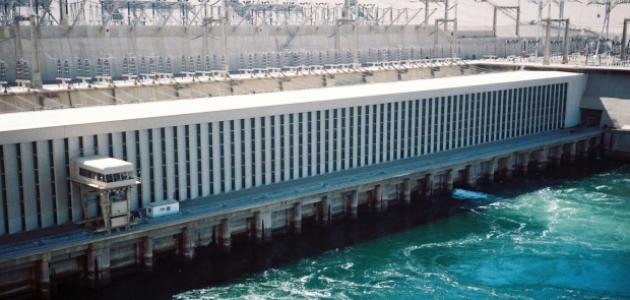the soil
Soil is a source of good things and fruits, as the plant grows in it and derives what it needs of water and some salts through the roots that extend to varying distances below its surface. The soil also supports the plant so that it grows vertically, and some living organisms depend on it as a form of housing and protection. Soil types are basically divided. To: sandy, clayey, and loamy soils, and each type has characteristics that differ from each other due to the nature of the materials from which it is composed and the conditions of formation.
Soil contamination
As a result of some natural and artificial factors caused by humans, the soil has been exposed to pollution by changing some of its natural, chemical or physical properties, making it unfit for use in most cases, and it may carry with it some harm to humans and various living organisms.
manifestations of soil pollution
- Physical pollution: The structure of the soil is changed, creating an impermeable layer for plant roots, which affects their growth, as well as affecting the drainage of excess water.
- Chemical pollution: It includes a significant and extreme change in pH, changing soil salinity making it unsuitable for agriculture, chemical weathering of clay minerals, containing heavy metals, and lack of oxygen.
- Biocontamination: It includes a decrease in the number of animals living in the soil, and the presence of materials and elements that cause disease.
The causes of soil pollution
- Excessive use of irrigation water and poor sanitation, which leads to water saturation of the soil and an increase in the percentage of salts in it and the level of toxicity as a result of the deposition of some ions, such as: sodium, boron, and chloride.
- The encroachment of sand and its movement from where it is located to agricultural lands, leading to the phenomenon of desertification.
- Pollutants arrive from places where they are collected in the surrounding environment or are transported with floodwater and groundwater.
- Excessive use of pesticides and chemicals.
- Pollution by radioactive materials, heavy metals, or materials deposited from the air, as these materials are transmitted through plants to be deposited in the human body.
- Urban sprawl and tree cutting.
- Some types of living organisms.
Soil pollution damage
- A sharp decline in the availability of nutrients that humans need in their lives, as plants depend on them and humans depend on plants for their food directly and indirectly.
- The extinction of some species of plants and animals, as fish stocks may be harmed, the migration of beneficial birds may cause harm to the coral reefs that some species of fish stocks call home.
- Parasites, bacteria, and pathogens that are transmitted to humans and cause diseases and health problems have increased.
- Pollution of the groundwater that people rely on to drink.
